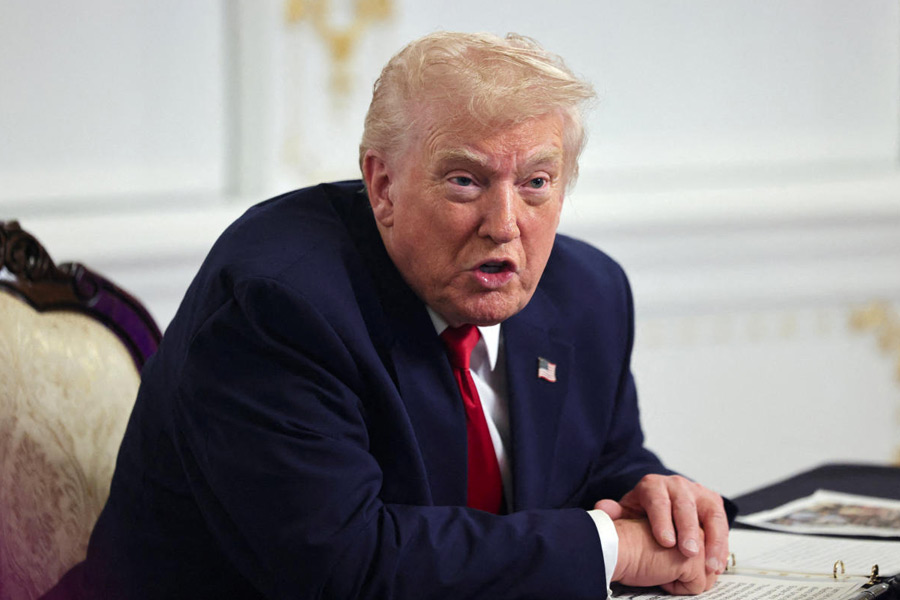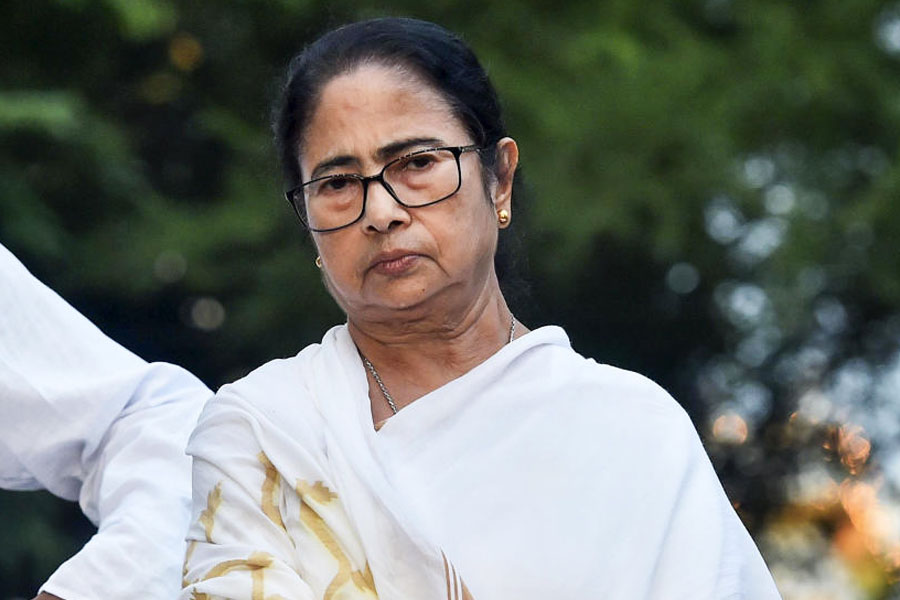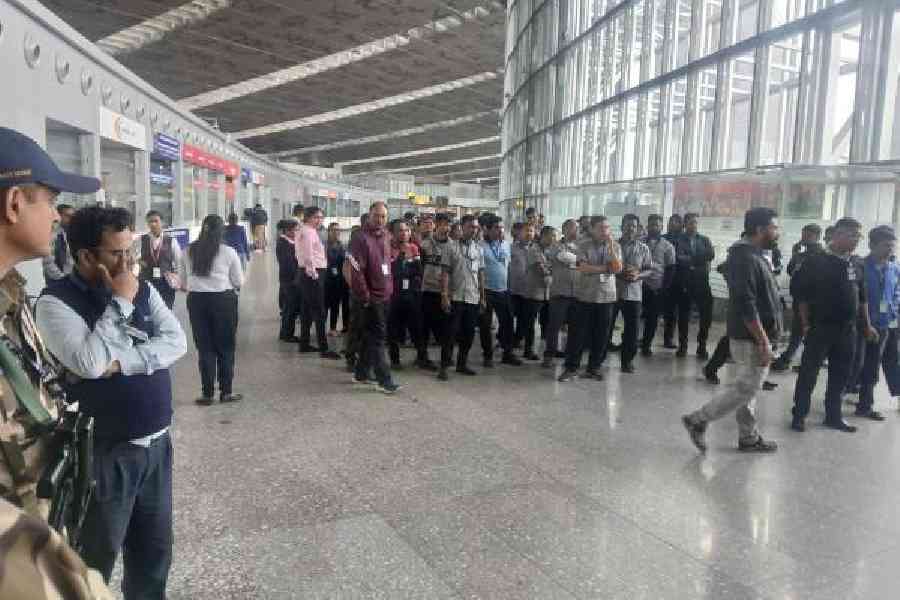A little over a month after the termination of the hostilities in Operation Sindoor, we can stand back and assess the four-day conflict in the wider context of India-Pakistan history. Some refer to the period from May 7 to May 10 as constituting the Fifth India-Pakistan War — the shortest when compared to 1947-48, 1965, 1971 and Kargil; yet of sufficient intensity to qualify being termed as a ‘war’. War or not, it was certainly the most significant India-Pakistan crisis of the past quarter century.
The messages that have been sent to Pakistan are also clear enough: terrorist attacks will carry major price tags, and no aspect of the India-Pakistan relationship can be considered insulated from the costs to be paid. That targets were struck deep inside Pakistan underscores this point. In some accounts, this Indian approach amounts to constituting a ‘new normal’.
However, in the past too, definite red lines had been established, often in surprising ways. Thus, in late August-early September 1965, faced with a Pakistani armoured attack in Jammu and Kashmir in the form of Operation Grand Slam, Indian forces were ordered to attack Pakistan across the international border and threaten major Pakistani cities such as Lahore and Sialkot.
The underlying message appears entirely predictable today but was less obvious then: that for India, an attack on Jammu and Kashmir is no different from an attack on the country as a whole. In Pakistan, on the other hand, the attack across the international border was seen as a kind of breach of faith, the underlying assumption being that Jammu and Kashmir being a disputed territory was somehow different from the rest of India. To this day, in Pakistan, the dominant and widely accepted public discourse of the 1965 War is of an unprovoked Indian attack, entirely disregarding the invasion of Jammu and Kashmir from July onwards by armed infiltrators.
Therefore, what appears to be a new normal to us today may appear to be different from a Pakistani perspective. A ‘Rashomon Effect’ — drawing radically different conclusions from the same set of events — has long been a dominant characteristic of the India-Pakistan interface. Whether the messages conveyed to Pakistan since the terrorist outrage in Pahalgam have been understood is still far from clear.
In the weeks ahead, focus may shift away from the military to the diplomatic. The placing of the Indus Waters Treaty in abeyance is possibly the strongest diplomatic sanction ever employed by India against Pakistan. That this instrument was used shows the extent of India’s outrage at the sheer horror of the Pahalgam massacre. Equally, it also reflects how hollowed out the India-Pakistan relationship had become since 2016, with no diplomatic or political contacts, zero trade, and an absence of any kind of bilateral dealing.
Keeping the treaty in abeyance may not have immediate, quantifiable impacts but it powerfully fans Pakistan’s lower riparian anxieties, much like touching an exposed nerve. To many in Pakistan, it is fortuitous that it is currently a member of the United Nations Security Council. There will certainly be a great extent of expectation there that India’s decision on the Indus Waters Treaty be held up to international scrutiny and what better time for this than in July, when Pakistan will be the UNSC president for a month. Whether there will be a serious move to this effect remains to be seen and Pakistan may well find global support lacking. Perhaps the delegations of MPs that had visited different capitals have been successful in countering any Pakistani initiative in this regard. Nevertheless, the months ahead are going to see a sharper international focus on India-Pakistan issues than at any time in this decade.
In general, the public mood in Pakistan, in so far as it can be deciphered, is upbeat, even triumphant. This is principally on account of the sentiment that India has been effectively deterred by the Pakistan military and, in particular, by the Pakistan air force. This triumphalism is fuelled by the belief that India was left with no option but to agree to a ceasefire. Further icing is provided by the fact that the president of the United States of America and other senior government figures have repeatedly spoken about mediating between India and Pakistan; therefore, the Kashmir issue has been effectively brought back on the international agenda.
Is there a large quantum of bluster mixed up in this? There may well be some since there is no real introspection about the deep missile strikes within Pakistan and the breaching of its air defences in iconic air bases such as those in Rawalpindi and Sargodha. But the claims that the Indian air force suffered reversals on the first day of the conflict have bolstered Pakistani public confidence. So bluster or not may not really be the real point. The subjective assessment of having stood India down will consolidate itself in due course as an objective fact. In Pakistan, the lesson of history is that deterring or standing up to India translates into victory.
The net result of all this is that the public image of the Pakistan military has received a significant boost. The general consensus is that whatever else may be wrong with the Pakistan military, at least in its area of core competence — of securing Pakistan from Indian domination — it has performed well. The longer-term implications of this, apart from the promotion of the army chief to field marshal and an extension of service tenure to the air chief, will only gradually reveal themselves.
Where does this leave Indian diplomacy? One challenge in the immediate future is to keep the focus on terrorism in a world which is distracted by numerous pressing issues and which regards South Asia-related issues from the vantage point of its disparate interests. There is the related challenge of convincing outside interlocutors that we do have an effective game plan when it comes to dealing with a troublesome neighbour without triggering fears of a nuclear flashpoint. Finally, there is the larger question of managing the traditionally rough interface with Pakistan in the absence of any bilateral relationship at all. These challenges are not new. Operation Sindoor may have reinforced our red lines but it has not changed our external environment or our neighbourhood.
T.C.A. Raghavan is a former Indian High Commissioner to Pakistan










